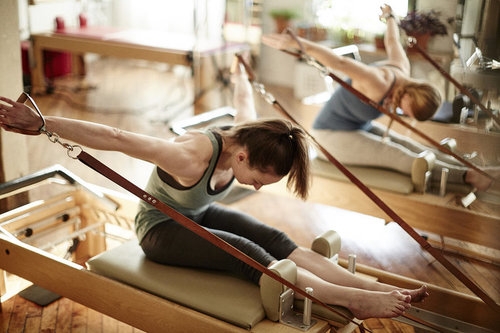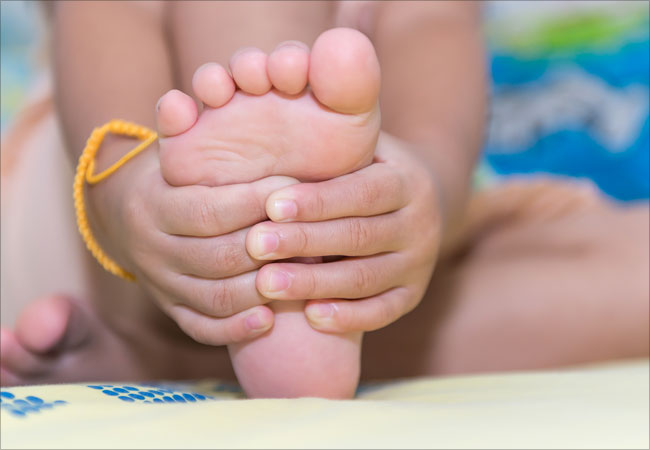What is Pilates?
Pilates is a method of exercise that consists of low-impact flexibility and muscular strength and endurance movements. It emphasises proper postural alignment, core strength and muscle balance. Pilates is named for its creator, Joseph Pilates, who developed the exercises in the 1920s.
Without a doubt, Pilates is one of the best forms of exercise you can do for your body, and what is more, you can do it throughout many different stages of your life. But there are a lot of misconceptions surrounding Pilates. Let’s dispel those myths.
6 Common Myths
1. Pilates and Yoga are the same thing.
Yoga originated from ancient India, where it has been practised for thousands of years. It involves physical, mental and spiritual disciplines and is often part of a much larger spiritual way of life. Yoga can push the limits of the body, particularly with flexibility and extension of the joints. Care must be exercised, therefore, if there are prior injuries and with certain body types.
Pilates, while sharing goals of strength, flexibility, balance and posture, was developed to assist with rehabilitation following injury. The focus is on strengthening core muscles, with movements to support a healthy back and joints, stabilising any weaknesses in the body.
2. Pilates is for Women – Not Men.
Pilates was founded by a man who was a German physical trainer. He developed and promoted the method for physical fitness. While many pre and post-natal women find Pilates beneficial due to its low-impact nature focusing on core strength and pelvic stability, it has been adapted to suit many diverse needs. E.g. A lot of professional athletes include Pilates in their disciplined training regimens.
3. Pilates is just for core strength.
True- a regular Pilates routine will result in great core strength, but it is not the sole benefit of this awesome form of exercise. It really is a full body workout. There is strength training, body balance, postural work and coordination, all requiring a mind-body connection that focuses on technique and mindfulness.
4. Pilates is easy – just lie on a mat and stretch.
If this is what you think, you haven’t participated in a Pilates session yet. It is a different style of exercise to running or gym training, but it can be quite challenging. Smaller stabilising muscles are worked on in addition to full body compound movements to create a balanced and demanding workout.
Mat Pilates (using body weight and small props) will produce different results to reformer Pilates (using specialised equipment to add resistance). Clinical Pilates addresses rehabilitation needs and uses matt, reformer, swiss ball, foam roller, trapeze table and stability chair.
5. You can lose weight quickly.
Exercise to burn more calories than you consume will produce weight loss. Pilates helps to burn calories but is no different to other forms of exercise. The important thing is to find a form of exercise you enjoy, and together with a balanced diet, you can create a sustainable and healthy lifestyle.
6. You need flexibility.
If you struggle to touch your toes, never fear! Pilates can be adapted to suit all ages and abilities. You can gradually learn to improve flexibility and mobility. In doing so, you can reduce pain and the risk of injury.
If you have been thinking of trying Pilates, contact Williamstown Health + Lifestyle for clinical, reformer or mat Pilates instruction. It will make a positive impact on your well-being.




